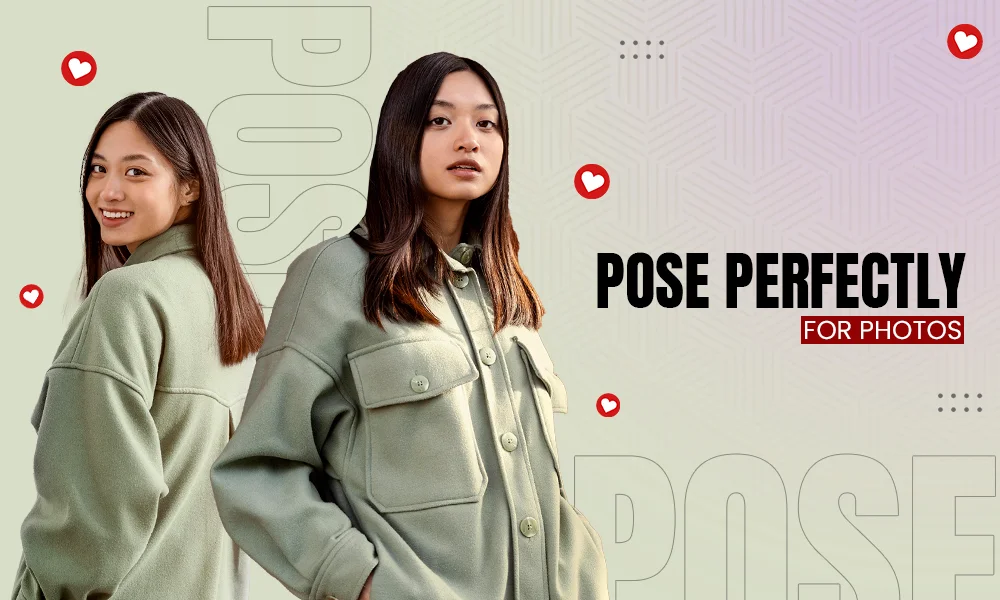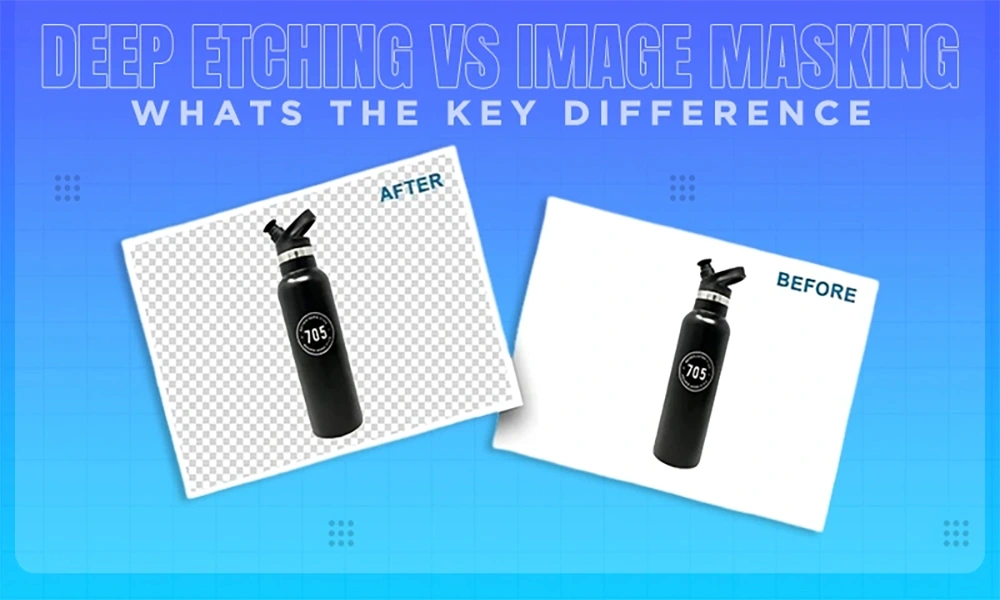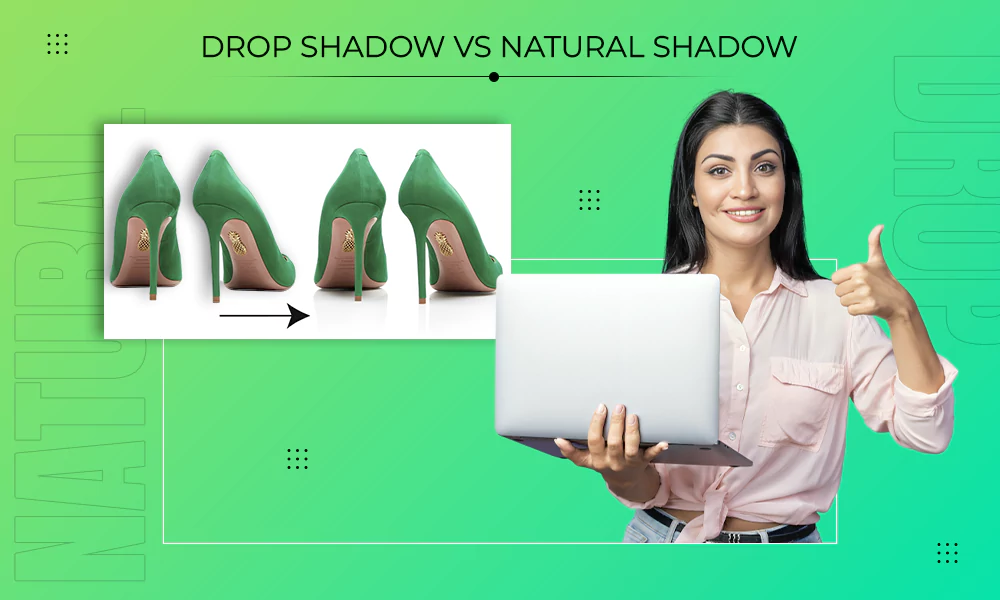Choosing a photo size is all about innovation and being comfortable with your vision. You can either merge a bunch of different sizes of photos to form a collage or get a single standard photo size.
While choosing a photo size, there are tons of options available, and navigating through them might get trickier. A professional photographer always emphasizes pixel density, measured in pixels per square inch (ppi). When resizing an image using professional or amateur photo editing software, you are determining how many pixels should be included in the image.
Technically, it means sometimes you have to lose some of the surface to get the sizing you want. But the actual problem lies in knowing which photo size would perfectly fit the subject.
Standard Photo Sizes: A Complete Overview
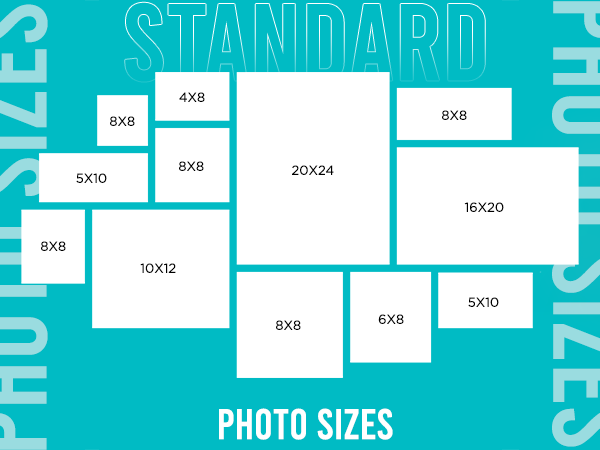
In photography, photograph sizes vary greatly and on a case-by-case basis. How big a picture should be depends entirely on its intended use. The perfect size of a photo on a site might not serve a good purpose in a gallery wall or framed memorabilia.
The photo sizes may differ, and it depends on the use of specific photos. The usual photo sizes for official documents, advertising graphics, photo frames, and social media posts also vary. Thus, the appropriate size of the photo is determined by how you intend to use the photo and where you are going to use it.
The Most Common Standard Photo Sizes for Printing
Here are the list of the most common standard photo sizes for printing are presented below:
- 3×2
- 4×4
- 4×6
- 5×7
- 8×8
- 11×14
- 12×12
- 8×10
- 5×15
- 12×36
- 8×24
- 16×20
- 20×30
Let’s take a closer look at some of the most popular sizes:
4×6 Photo Size
The 4×6 photo is a universal standard size measuring around 4” x 5.875”, particularly for photo labs and digital camera outputs. It has an aspect ratio of 3:2, similar to the majority of digital cameras; therefore, it is ideal for quick photograph printouts, albums, and image frames.
5×7 Photo Size
The 5X7 photo size is slightly larger than the 4X6 photo size and has a little space to add detail. Because of its different aspect ratio, it frequently needs to be somewhat cropped, so image composition is crucial. The size is perfect for frame gifts and portraits with a personal touch.
8×10 Photo Size
One of the largest typical sizes before moving into the realm of posters or canvases is an 8 x 10 print. It makes a great choice for a gift, framed picture, or wall hanging, and it can simply slip into an already-made frame, without the extra matting.
Square-Sized Photo Print
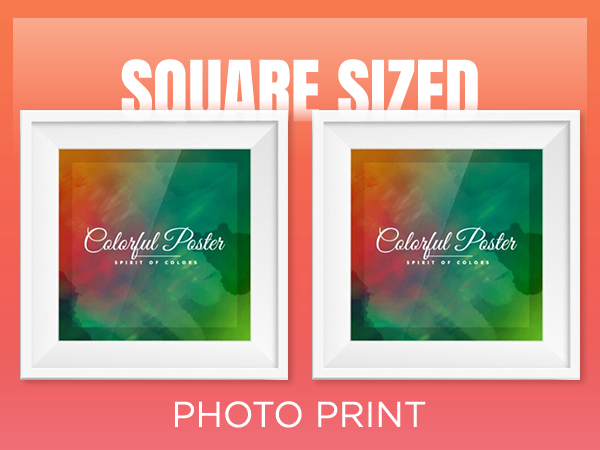
To begin with, the sizing option we have is the square-sized photographs that are commonly used for shelf frames. They are generally smaller and compact, and size around
- 5×5
- 6×6
- 8×8
- 10×10
- 15×15
It is also commonly renowned as Polaroid style photography, giving the aspect ratio of 1:1.
Standard Size Photo Print
Now, coming to the most common size, that is the standard size. It is regarded as the mid-range size as it caters to both shelf frames and wall mount frames, neither too big nor too small.
If we look at the 5×7 photo size, which is the representation of standard sizes, you’ll notice it’s widely used for family portraits, greeting cards, and framed displays.
Some popular options that are available in the market are:
- 4×6
- 8×10
- 11×14
- 5×15
These are the actual standard sizes of the photo industry.
Big-Sized Photo Print
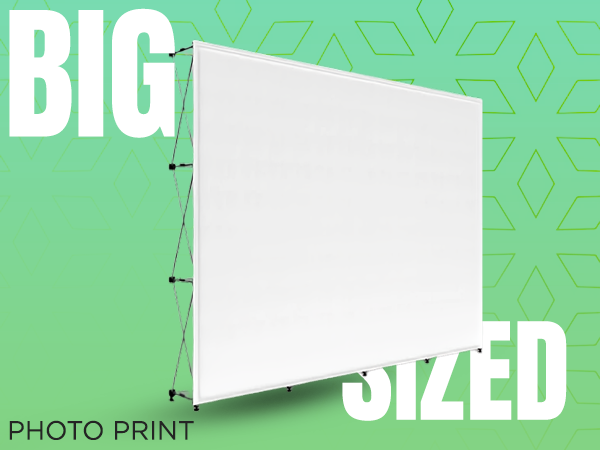
Big-sized photographs serve more as a home decor or showcase purpose. Due to the large print size, details and backdrop are more enhanced, giving a striking aesthetic.
Some common sizes for these are
- 10×13
- 11×14
- 16×20
- 18×24
- 20×24
Moreover, this size also serves its purpose as a large canvas for painting and artwork that captures intricate details quite well.
Panoramic Size Photo Print
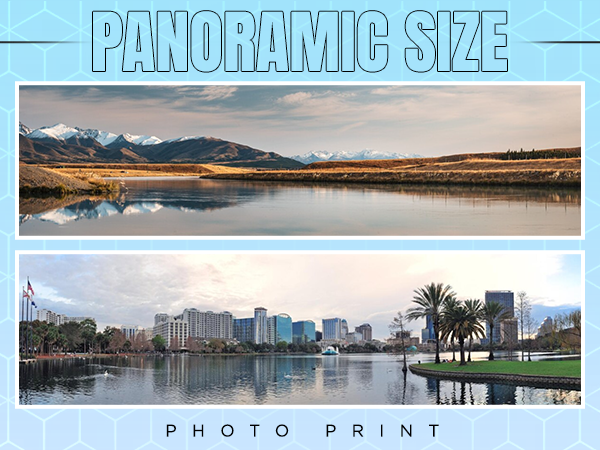
As the name suggests, Panoramic Size refers to the panorama size that is commonly used to capture the scenic beauty of group photos. Its ability to capture the wide subject makes it best suited for wall decor where space isn’t a limitation.
The sizing options are:
- 5×15
- 8×24
- 12×36
Giving you a Panoramic print without compromise on details and quality.
However, wherever you are moving towards the resizing process, it is important to decide the resolution and aspect ratio beforehand to avoid any blurry pixels.
Rather than using the standard sizing option, relying on the aspect ratio can ease the task.
What Is the Most Common Standard Photo Print Size?
The most common standard photo size is 4×6 inches (approximately 10×15 cm). This size is great for daily printing. It also matches the 3:2 aspect ratio used by many digital cameras and smartphones. This makes it great for everyday printing.
Because of its small size, low cost, and ease of use, it is frequently used for photo albums, frames, and lab prints. For standard prints, the 4×6 format is the preferred option because it provides sharp image quality without cropping.
What Are the Standard Sizes for Photo Frames?
Standard photo frame sizes are made to fit common print sizes, so it’s easy to frame and show off your pictures. The most common sizes for photo frames are:
| Photo Size | Frame Size (with mat) | Best For |
| 4×6 inches | 6×8 inches | Small prints, photo albums |
| 5×7 inches | 8×10 inches | Portraits, tabletop display |
| 8×10 inches | 11×14 inches | Framed family photos, wall display |
| 8.5×11 inches | 11×14 inches | Certificates, documents |
| 11×14 inches | 16×20 inches | Artistic prints, posters |
| 16×20 inches | 20×24 inches | Large wall art |
| 18×24 inches | 24×36 inches | Posters, landscape photos |
| 24×36 inches | 28×40 inches | Oversized prints, professional artwork |
4×6 vs 5×7: Which Is the Standard Photo Print Size?
The most common standard photo size is 4×6 inches. This size is mostly used in photo labs, cameras, and albums as the default, and it is the most popular size for photo prints.
A size of 5×7 inches is popular. It is often used for framing or gifts. This size shows off more without taking up much space.
- 4×6 inches is the most common and standard size.
- 5×7 inches is a little larger, which is perfect for framing.
Ideal Resolution for Standard Photo Print Sizes
When printing photos, the resolution of the image is very important for checking detail and clarity. Professional photographers often refer to resolution in PPI (pixels per inch) — the number of pixels packed into each inch of an image. Most digital cameras measure resolution in megapixels, which shows how much detail the sensor can capture.
A high-resolution image has more pixels, which make sure that prints will be sharp and bright, even in larger sizes. In contrast, low-resolution photos may look pixelated or blurry. This is particularly apparent when printing standard sizes such as 4×6, 5×7, or 8×10 inches.
You can set how many pixels are assigned per inch by changing the resolution in photo editing software. Always start with a high-quality original image for the best results. It’s much easier to lower the resolution or PPI if needed. It’s harder to make a low-quality file better.
What is The Aspect Ratio for Photo Print Sizes?
When we discuss aspect ratios, we mean the ratio of an image’s width to its height. This does not refer to the actual size in inches or centimeters.
An aspect ratio, which is shown as width: height (like 4:3 or 16:9), tells you what the overall shape of an image or print will be.
It’s important to choose the right aspect ratio. This matters if you want to print pictures or use them online. This includes websites, mobile devices, and social media. Making sure the right ratio helps keep the image clear, avoid problems with cropping, and make it look better.
What Is the 1:1 Aspect Ratio and When Should You Use It?
With a 1:1 ratio, both sides of the image are the same size, which makes it square. This is perfect for profile pictures, icons, and thumbnails on social media.
What Is the 3:2 Aspect Ratio and When Should You Use It?
The 3:2 ratio was first used in 35mm film, and it is still a standard in digital photography. It offers a natural balance for landscapes and portraits and is ideal for regular prints, such as 4×6 inches.
What Is the 4:3 Aspect Ratio and When Should You Use It?
The 4:3 ratio is popular in TVs, monitors, and many digital cameras. It is great for prints and screens that don’t need a wide view. It’s commonly used for 5×7 and 8×10 prints.
What Is the 16:9 Aspect Ratio and Where Should You Use It?
This is the go-to format for HD videos, widescreen monitors, and YouTube content. With a wider horizontal span, it’s great for presentations and landscape photography.
What Is the 18:6 Aspect Ratio and Where Should You Use It?
Also known as 3:1, the 18:6 aspect ratio is ideal for panoramic prints, large wall art, or showcasing sweeping landscapes. It adds a cinematic flair to home décor or travel memories.
Final Words
Standard Size serves as the main dimension for the printing. The pixels and the dimension further bifurcate based on platform, for example, on certain e-commerce sites, you are required to follow certain guidelines on uploading images.
Navigating through such complexities for a novice editor could be tough, and in such situations, a professional photo editing company becomes your perfect helping hand.
FAQs
Q1. What are the dimensions of a postcard-sized photograph?
Ans. A postcard-sized photograph is around 4×6 inches.
Q2. What makes Adobe Photoshop better than other editing software?
Ans. The main advantage of using Photoshop is that editors can use multiple ways to execute one task. Moreover, it also comes with an AI autofill option.
Q3. What are the sizes of frames that I can easily find in any offline store?
Ans. Some common frame sizes that you can easily find are 4×6, 8×10, 11×14, 16×20, and 24×36.
Q4. Can Visuals Clipping help me with removing dust and other objects from images?
Ans. Yes, Visuals Clipping provides dust or other elements removal services from images.

